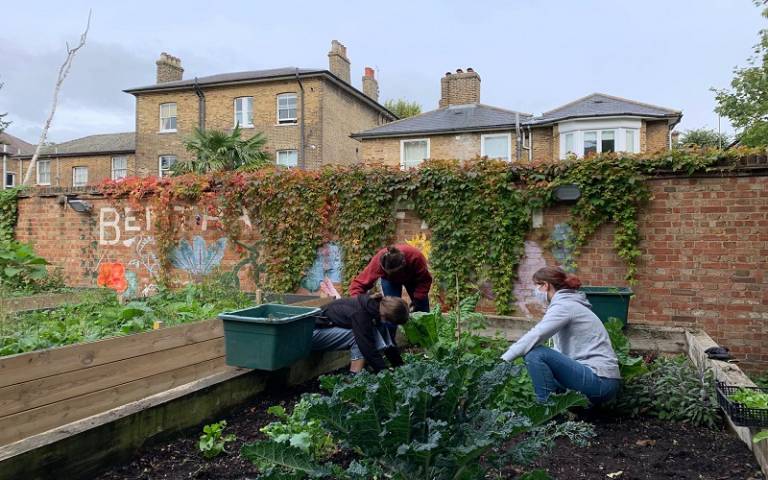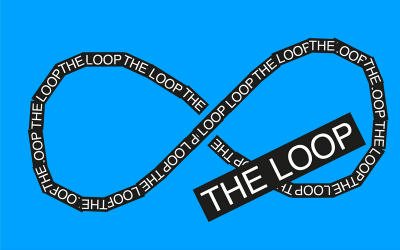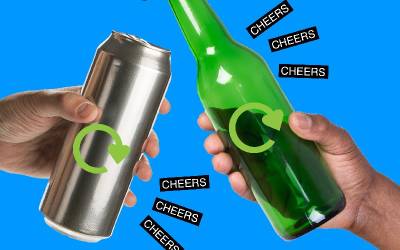Reducing Plastic in the Food Chain
Plastic food packaging and the waste it creates is a huge problem, yet it has become so central to the way we eat it’s almost impossible to avoid – so, what can we do about it?

21 July 2021
Why use plastic packaging?
Plastics offer a lightweight, cheap solution enabling the safe transport of food, extending shelf-lives and providing space for nutritional information. According to the Institute of European Environmental Policy, 900 billion items of packaged food are consumed in Europe every year – that’s over double the number of stars in the Milky Way!
Despite plastics playing a huge role in protecting our food, 30-40% of all food produced is still wasted, the majority before it even reaches the shelves.
Sometimes plastic packaging can even create food waste, for example, if the weight of the food does not match the weight displayed on the package, that food can’t be sold and is wasted, despite being completely edible.
What's the problem with food waste?
Wasted and surplus food is a huge environmental issue as the consequences go beyond the food itself, but include all the emissions, fuel, packaging and resources involved in production too - the UN Food and Agriculture Organisation estimate that up to 38% of the energy consumed by the food chain is lost to food waste.
However, reducing food waste often conflates with using more plastic packaging, leaving a choice of two “environmental evils”.
What are we doing about it?
Rather than simply choosing between plastic waste and food waste, it’s important to focus on reducing surplus and shortening food supply chains, which simultaneously limits the need for packaging and the chances that food is wasted before it reaches us.
Our campus food outlets source food as locally as possible, for example our sandwiches come from Soho Sandwiches near Tottenham, and our Nature’s Choice fruit & veg from Nine Elms.
 Close
Close



